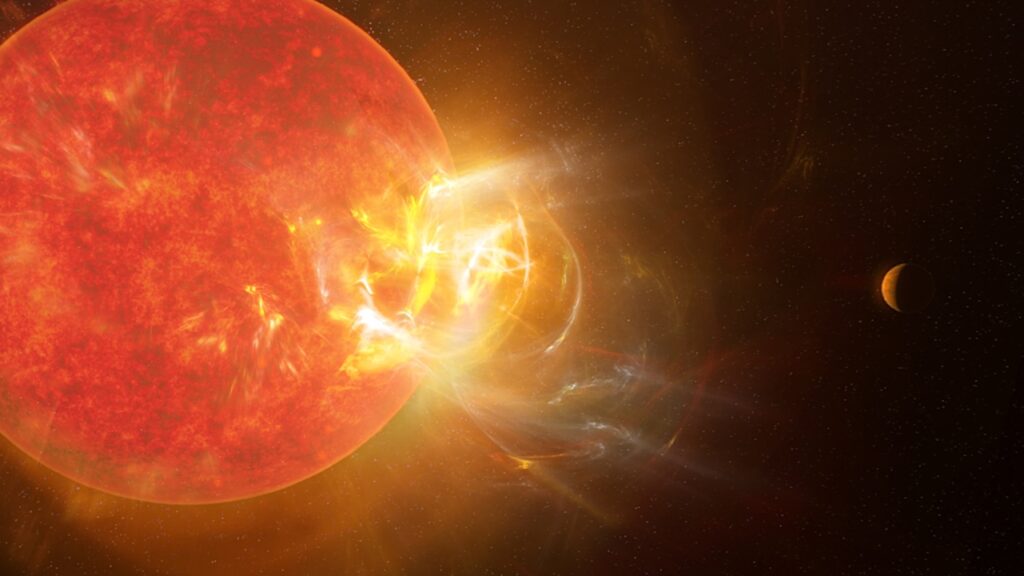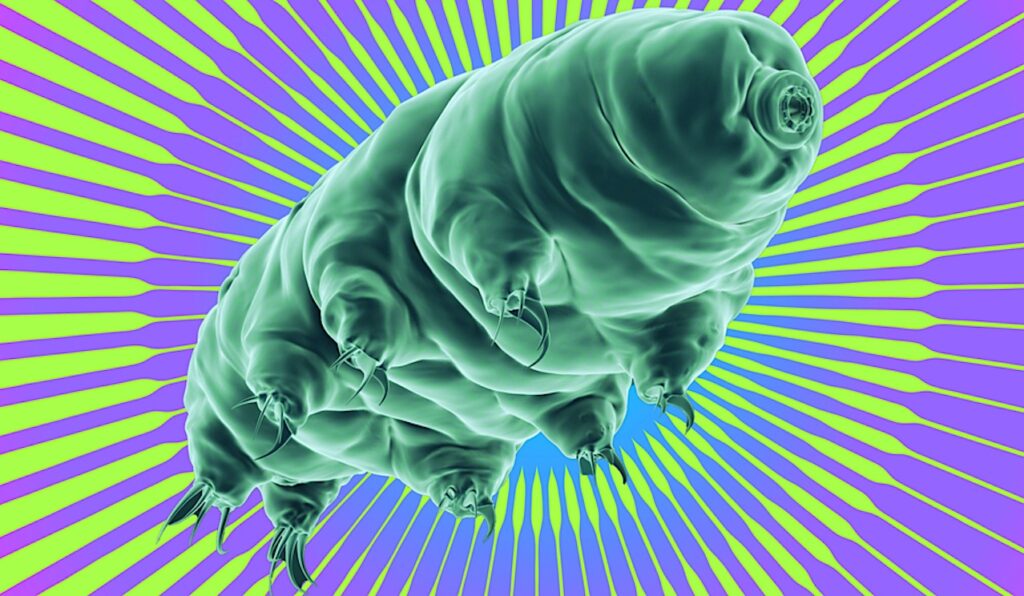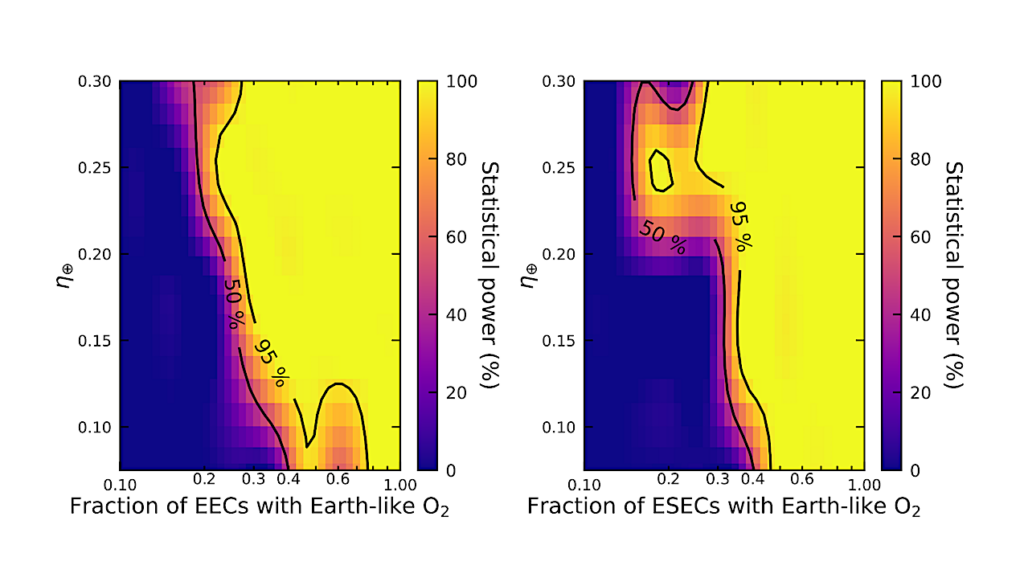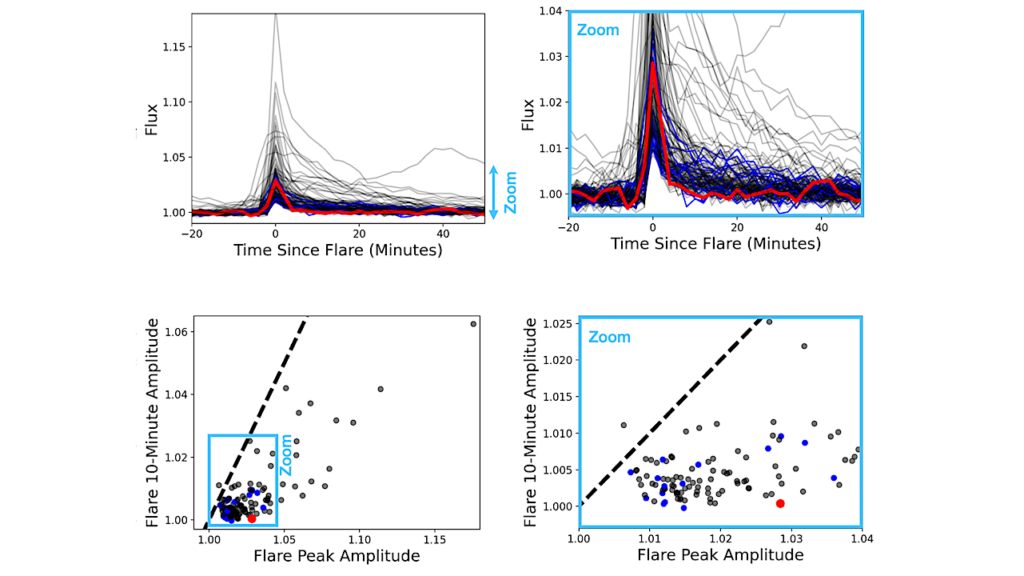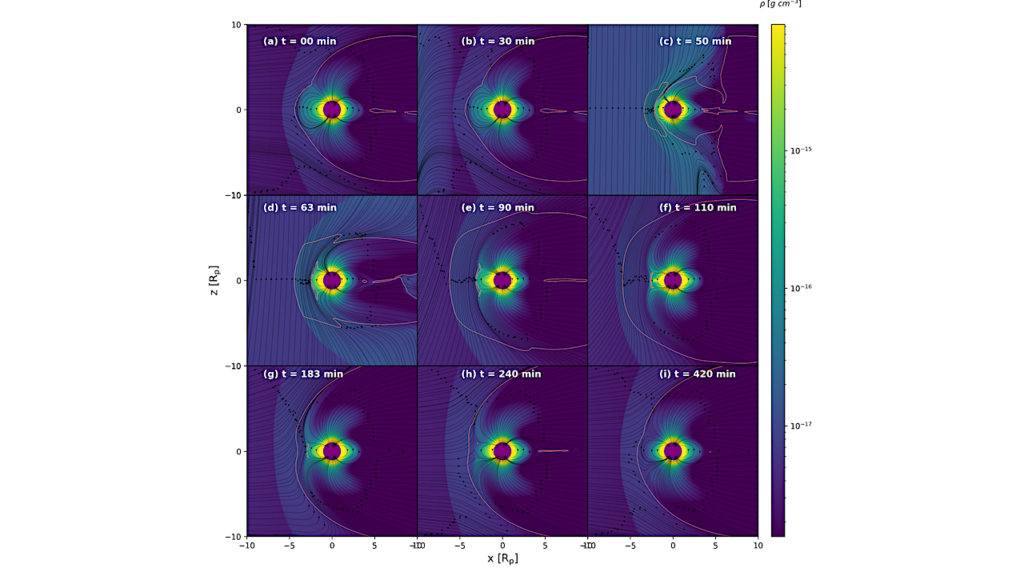Reduced Diversity of Life Around Proxima Centauri and TRAPPIST-1

The recent discovery of habitable exoplanets around Proxima Centauri and TRAPPIST-1 has attracted much attention due to their potential for hosting life.
We delineate a simple model that accurately describes the evolution of biological diversity on Earth. Combining this model with constraints on atmospheric erosion and the maximal evolutionary timescale arising from the star’s lifetime, we arrive at two striking conclusions: (i) Earth-analogs orbiting low-mass M-dwarfs are unlikely to be inhabited, and (ii) K-dwarfs and some G-type stars are potentially capable of hosting more complex biospheres than the Earth. Hence, future searches for biosignatures should prioritize planets around K-dwarf stars.
Manasvi Lingam, Abraham Loeb
(Submitted on 21 Jul 2017)
Comments: 6 pages, 1 figure
Subjects: Earth and Planetary Astrophysics (astro-ph.EP); Solar and Stellar Astrophysics (astro-ph.SR)
Cite as: arXiv:1707.07007 [astro-ph.EP] (or arXiv:1707.07007v1 [astro-ph.EP] for this version)
Submission history
From: Manasvi Lingam
[v1] Fri, 21 Jul 2017 18:00:04 GMT (288kb)
https://arxiv.org/abs/1707.07007
Astrobiology


